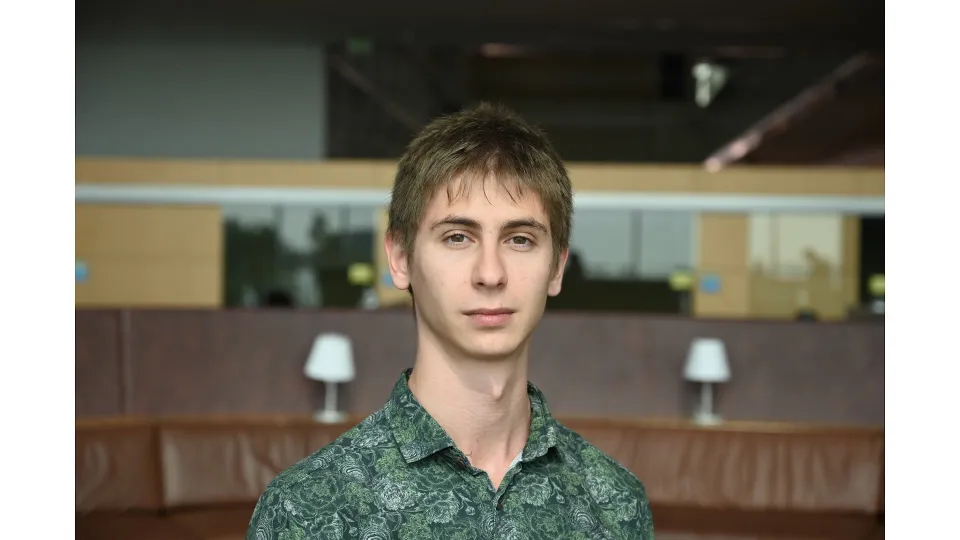
Paper accepted in ChemComm!
We present results from a study addressing the unbiased water-splitting process and its side reactions on n-GaN-based photoelectrodes decorated with NiOx, FeOx, and CoOx nanoparticles. A water-splitting process with n-GaN-based photoelectrodes results in the generation of hydrogen gas and hydrogen peroxide. Quantification of the water-splitting chemical mechanism gave numerical values indicating an increase in the device performance and restriction of the n-GaN electrocorrosion with surface modifications of n-GaN structures.
About
Abstract
We present results from a study addressing the unbiased water-splitting process and its side reactions on n-GaN-based photoelectrodes decorated with NiOx, FeOx, and CoOx nanoparticles. Observations involving physicochemical analyses of liquid and vapour phases after the experiments were performed in 1 M NaOH under ambient conditions. A water-splitting process with n-GaN-based photoelectrodes results in the generation of hydrogen gas and hydrogen peroxide. Quantification of the water-splitting chemical mechanism gave numerical values indicating an increase in the device performance and restriction of the n-GaN electrocorrosion with surface modifications of n-GaN structures. Hydrogen generation efficiencies are ηH2(bare n-GaN) = 1.23%, ηH2(NiOx/n-GaN) =4.31% , ηH2(FeOx/n-GaN) = 2.69%, ηH2(CoOx/n-GaN) = 2.31%. Photoelectrode etching reaction moieties Qetch/Q are 11.5%. 0.21%, 0.26% and 0.20% for bare n-GaN, NiOx/n-GaN, FeOx/n-GaN, and CoOx/n-GaN respectively.


